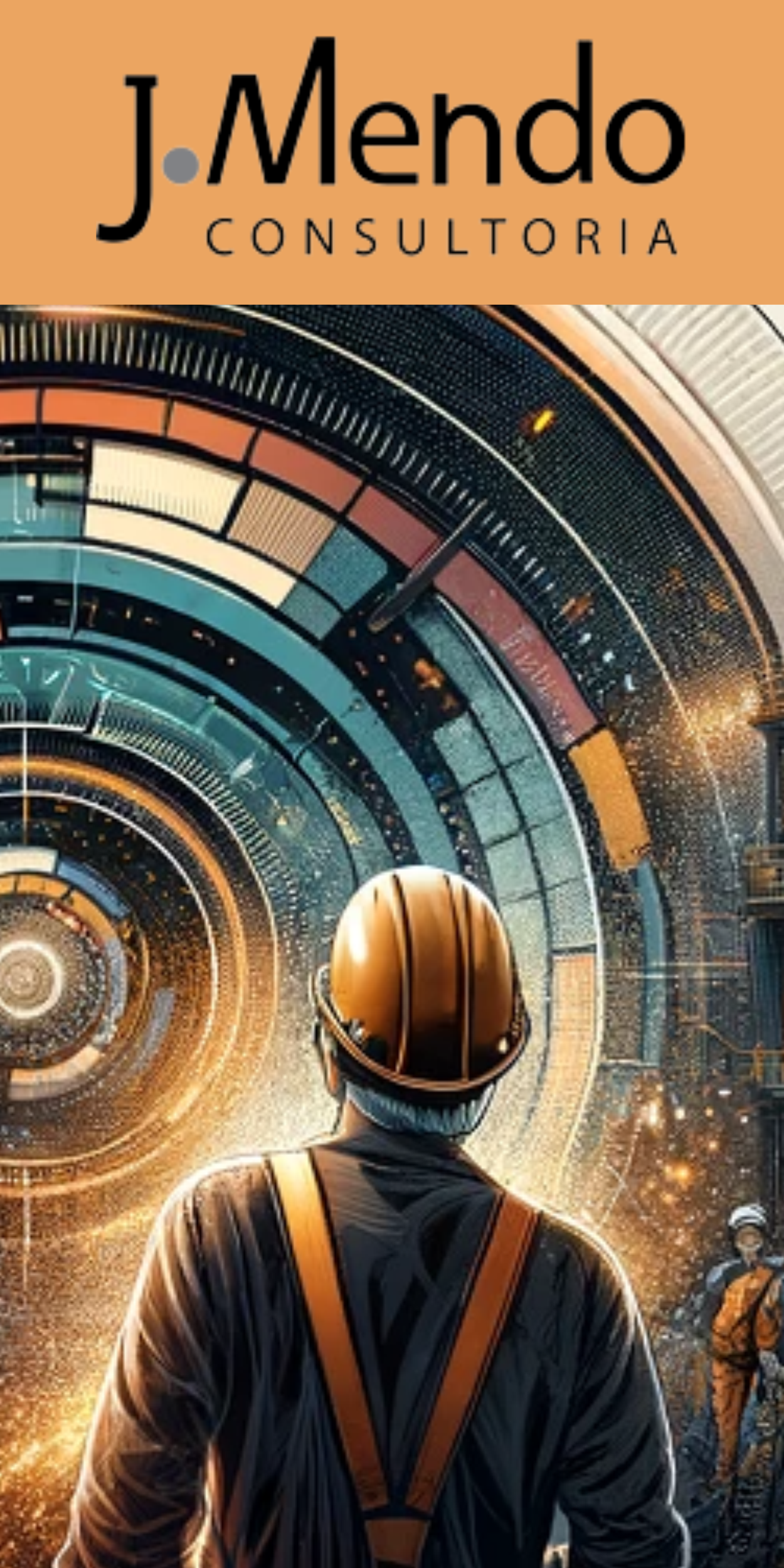Like a scene from a science-fiction film, a drone makes its way through an inhospitable environment.
But this isn’t science fiction — this is happening in regional Queensland.
Technology developed by the CSIRO means areas of mines can now be mapped and inspected without putting people in dangerous situations.
“A couple of years ago, flying a drone in a GPS-denied environment was not even thought of,” aerospace engineer Luke Horwood said.
“But now to be able to actually bring them into these environments is really exciting.”
Mr Horwood said the most innovative part of the HoverMap scanning technology was its ability to be autonomous.
“Being able to navigate through an environment that might not be great for people to be in, just the drone being able to make decisions on its own in real time.”
Finding its own way
Like mariners of years gone by, the technology relies on wayfinding, or using fixed points to create a system of coordinates.
“It means if the drone loses contact with the driver, it goes back to a waypoint to find its way home.”
But the drone isn’t the only way the scanner can be used.
“We try and use the right tool for the job and only fly when we have to,” said Holstein Wong from drone company Emesent.
“It can be mounted on a backpack, ground robot or vehicle and it allows operators to get data in an efficient manner and remove people from the workfront.”
Keeping people safe
In recent years there has been a focus on safety in the coal mining sector following an increased number of fatalities.
It is hoped the technology will allow mine operators to make faster decisions on changing environments.
“So if someone sees deterioration, we can scan the area multiple times and compare them and do change detections,” Mr Horwood said.
“That means changes can be made to improve the environment or help make the decision to take people out.
Mr Horwood said the scanner could also be programmed to check if a mine’s structure matched the safety designs.
“We can develop algorithms to auto-detect things like rock bolts and then compare the scan to the design of the mine.
“It means you can see if they’ve been installed correctly or moved because of geotechnical issues.”
It also means the drone can go into areas where it is too dangerous to send a person.
Testing environments
Testing a drone in an operational underground mine is difficult, but a simulated mine in Mackay is helping the sector develop new technology and improve safety.
“Particularly in the mining sector, there are a lot of companies that are striving to be at the forefront of innovation, especially in the safety field,” said Steven Boxall from the Resources Centre for Excellence.
“When you compare what you used to have to do to access a mine site — the health and safety requirements, the production downtime — we’re really in a unique situation.”
Mr Boxall said the centre could also ease concerns people had around automation in the sector.
“It’s not losing jobs but people transitioning into different types of jobs and it’s taking people away from dangerous environments.”





